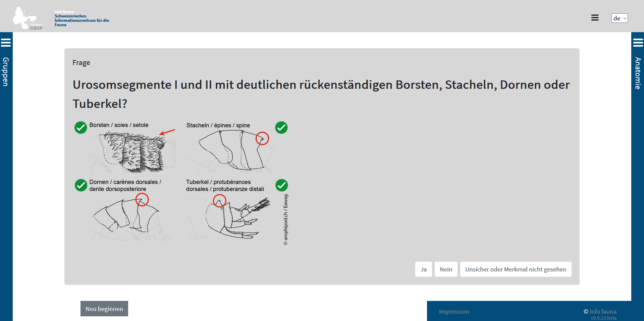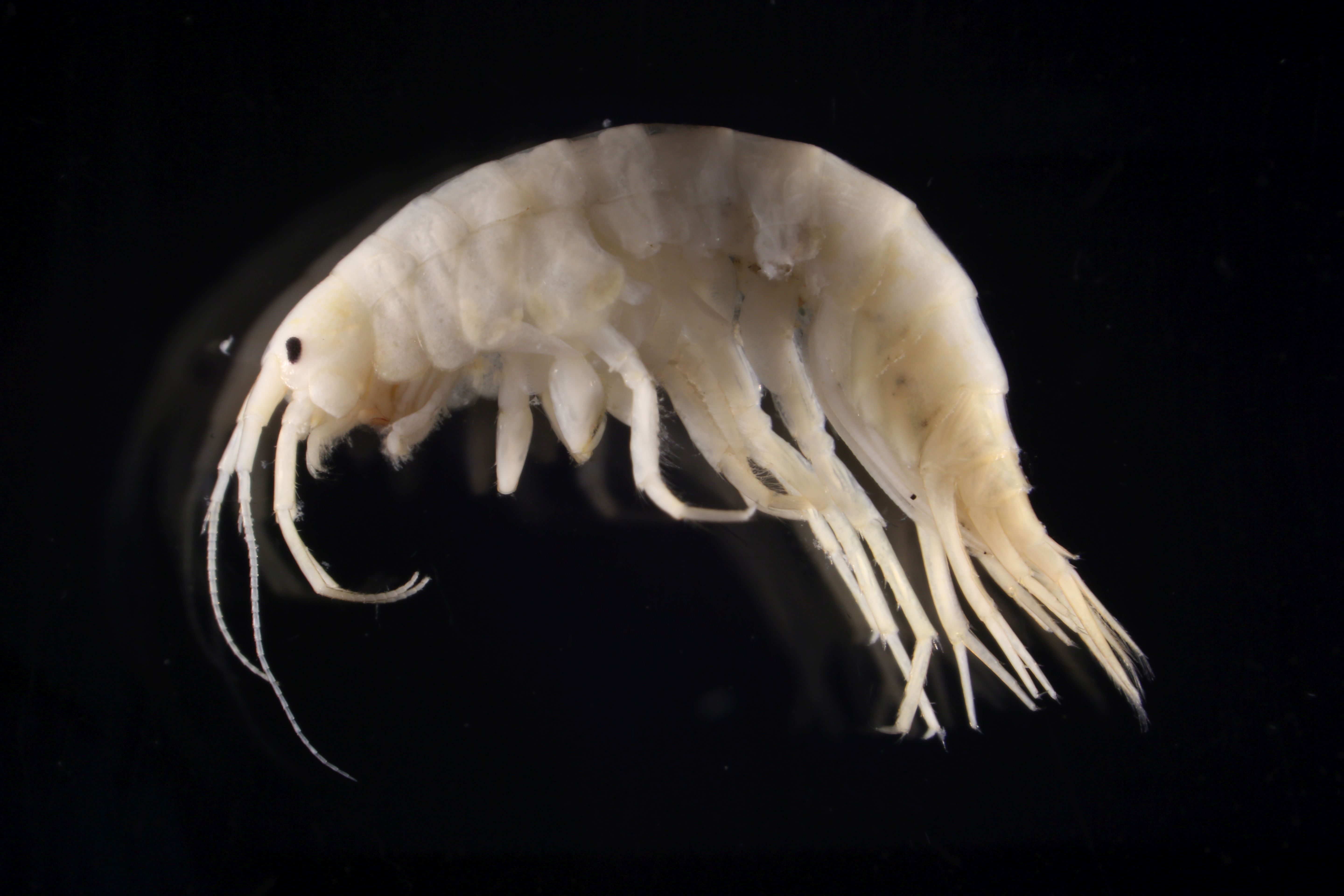It is an ambassador for healthy and diverse streams. Where it occurs in large numbers, the stream is healthy. Being named animal of the year, Gammarus fossarum is also a tribute to the countless small, inconspicuous organisms that keep freshwater ecosystems functioning in the first place. More information about the animal of the year can be found on the Pro Natura webpage (in German).
Category: Amphipods
Video about Amphipod.CH

Eawag has produced a short clip about the project Amphipod.CH and our research on amphipods in Switzerland. It is in German but has English subs. Many thanks to Jonas Steiner (https://www.jonas-steiner.com/) for the nice work. Enjoy watching…
Online identification key

A first version of the online identification key for amphipods of Switzerland is now available on: https://lepus.unine.ch/infofauna-key/amphipoda. Feel free to test it, use it and spread the word. We are happy to hear your feedback or get bugs and issues reported.
Two new Niphargus species
With our new publication in ZooKeys, the number of amphipod species from Switzerland has risen again. The paper contains two new species (Niphargus luchoffmanni sp. n. and Niphargus tonywhitteni sp. n.), with drawings and descriptions. Additionally, the paper provides a DELTA (DEscription Language for TAxonomy) file and BOLD barcodes, allowing everyone the identification of niphargids based on various morphological and molecular characters.

Both species are geographically restricted (Austria, Germany, Switzerland), with one (N. luchoffmanni) being endemic to the Swiss alps. The species were named after Hans Lukas “Luc” Hoffmann (1923–2016), naturalist and ecologists, founder of the MAVA foundation and co-founder of the World Wild Fund for NAture (WWF), and after Tony Whitten (1953–2017), who devoted his life to nature conservation including conserving life in caves, also being a co-chair of the Cave Invertebrate Specialist Group at IUCN.
With this publication, the next step towards the monography about Swiss amphipods is done. The book should be available by the end of the year via CSCF. This homepage will keep you updated. Or contact me if you want to be informed about the release of the Fauna Helvetica monograph.
An endemic amphipod of the Alps

In our most recent paper, Florian Altermatt, Cene Fišer, and me describe a new amphipod species that is endemic to the Alps. What has been considered to belong to the circumboreal Gammarus lacustris species complex turned out to be a highly diverged lineage. It represents an own species within the Alps. Given its natural but restricted distribution, we name the endemic amphipod species Gammarus alpinus sp. nov.
Already endangered?
The species is commonly found in high alpine lakes of Central Europe. Although its wide distribution, invasive species and increasing anthropogenic pressure in its natural habitat impose challenges to the newly described species. Assigning a name to this biological entity hopefully facilitates the conservation efforts. Our study is published in the Zoological Journal of the Linnean Society. It highlights the importance of combining different methods to resolve cryptic diversity. Furthermore I would hereby like to acknowledge all the people and institutions that helped to conduct this study.
